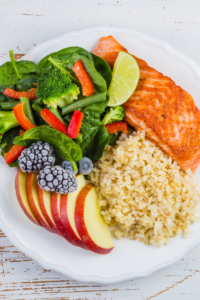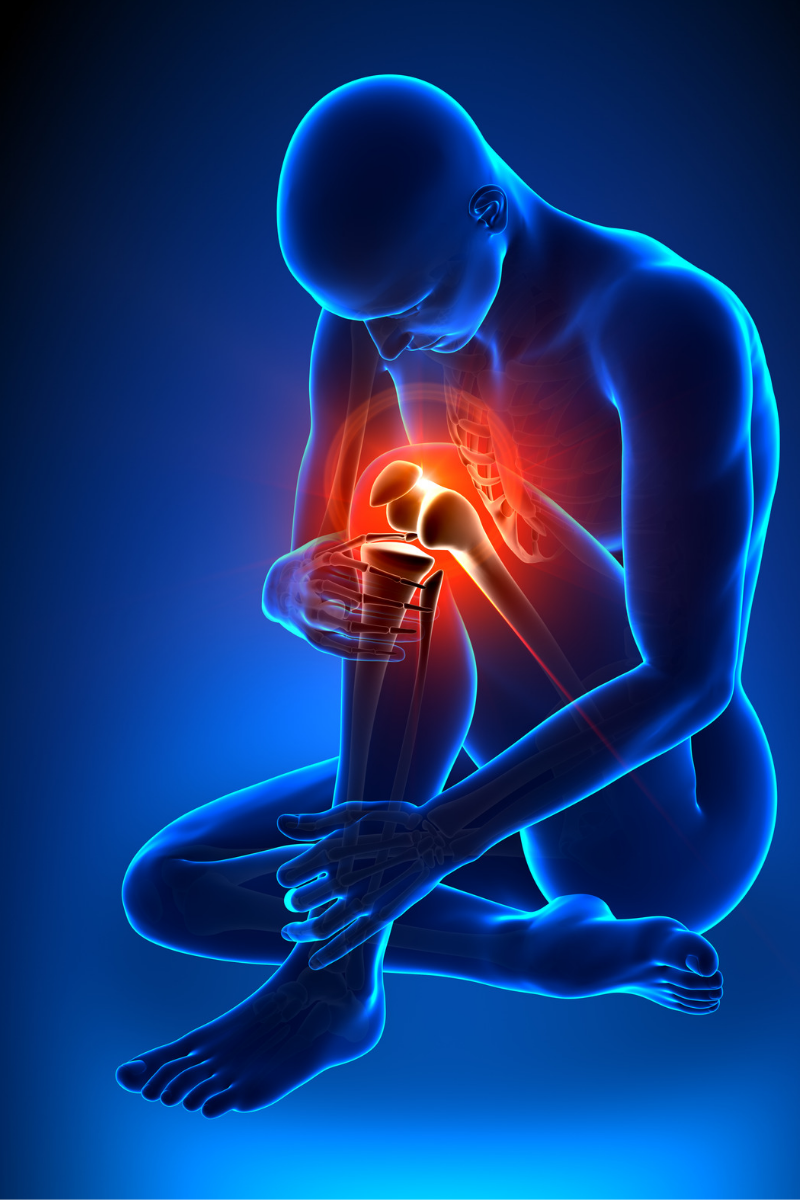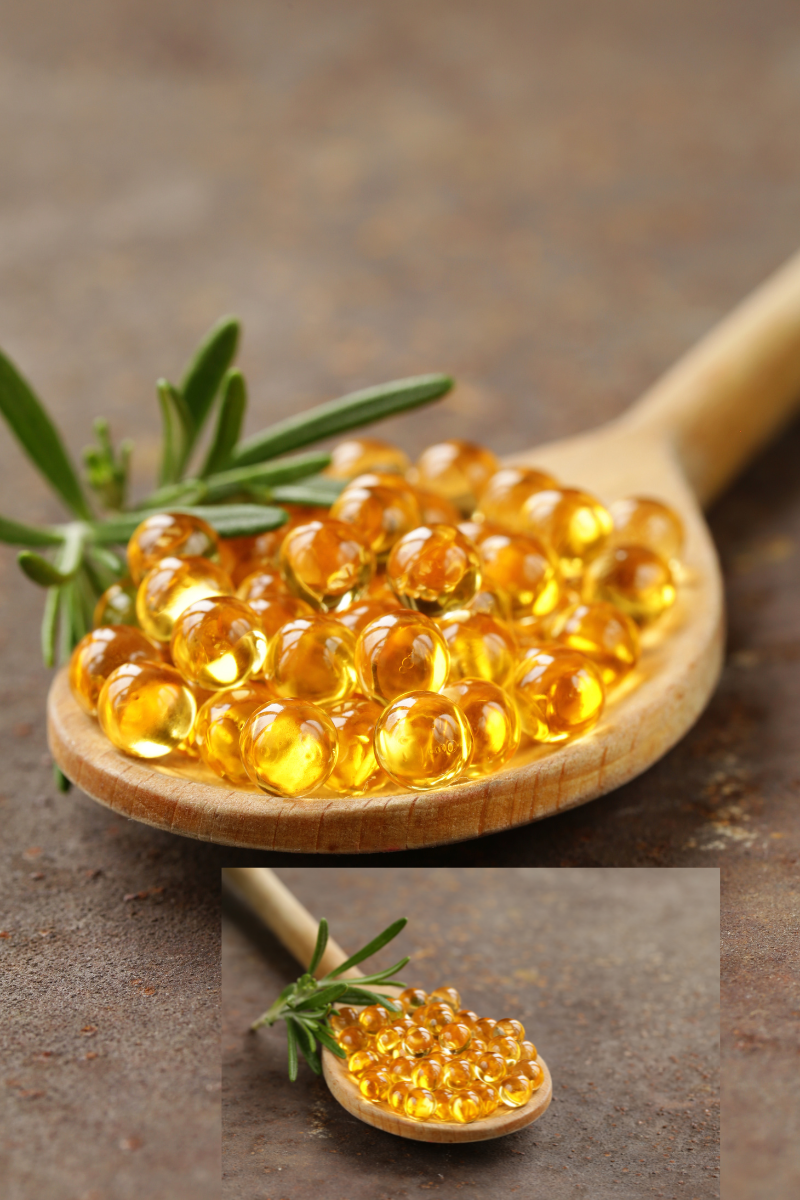Food and Pain: The Role of Diet in Inflammation and Pain Perception



The relationship between diet and pain is a field of study that has gained relevance in contemporary medical research. Inflammation, the body’s defensive mechanism against infections and injuries, has been identified as a primary precursor to chronic pain. However, when this inflammatory response is prolonged beyond what is necessary, it can become the root of multiple painful pathologies.
Recent studies have shown that certain foods can exacerbate systemic inflammation, thus contributing to the chronicity of pain. On the other hand, a diet rich in foods with anti-inflammatory properties has been shown to be effective in reducing these inflammatory processes.
Pro-inflammatory foods, such as refined sugars, saturated and trans fats, and processed foods, can increase levels of inflammatory markers such as C-reactive protein (CRP), according to research published in The American Journal of Clinical Nutrition.
On the other hand, natural anti-inflammatories include omega-3 fatty acids found in oily fish, antioxidants found in fruits and vegetables, and polyphenols found in green tea and red wine, all of which have substantial evidence of their anti-inflammatory and analgesic effects, as detailed in studies in the Journal of Pain Research.
Conclusion: Diet plays a fundamental role in pain modulation through its impact on the alignright” src=”https://drmanasse.com/wp-content/uploads/2024/03/Alimentacion-y-dolor-2-300×300.png” alt=”” width=”180″ height=”180″ />body inflammation. Adopting a conscious diet, rich in anti-inflammatory foods, can not only lessen the perception of pain but also significantly improve our overall health and well-being.
Final Question: How could an overhaul of your diet transform your experience of pain?




